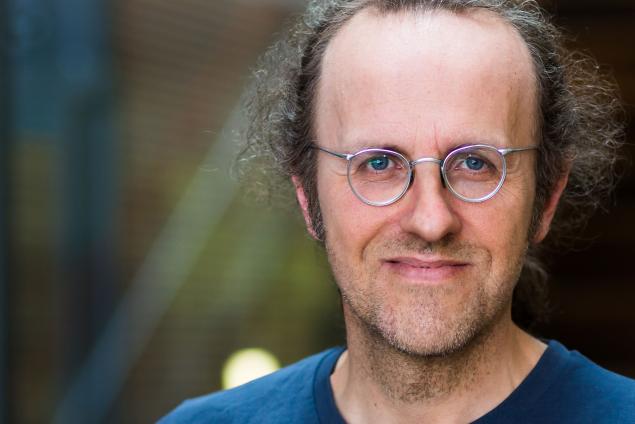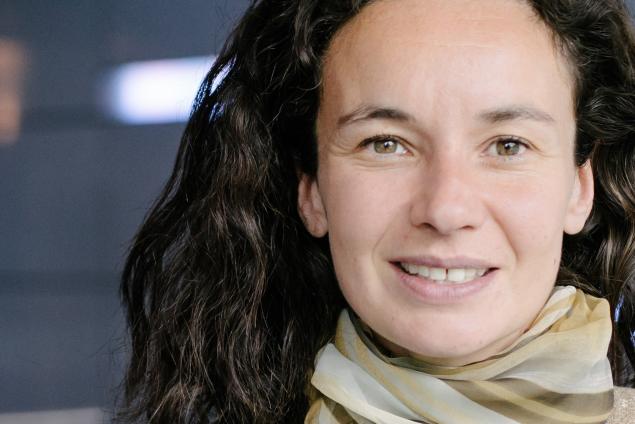Galaxies are filled with particles traveling very close to the speed of light; these are so-called ultra-relativistic particles. Until recently, it was very difficult to investigate these particles because of a lack of good observational data and they have been rather neglected in the study of astrophysics. As JIM HINTON explains in this video, his research group is interested in understanding how these particles influence astrophysical processes. For this, they need to find out how and where these particles are accelerated and what their impact is. Focusing on high-energy gamma rays and exploring the morphology and spectrum of the gamma ray emission from their sources, they found – in contrast to what was previously assumed – that the acceleration of particles to such high energies is rather common in nature. The impact of these non-thermal relativistic particles on astrophysical processes cannot be ignored anymore. Thus, the Cherenkov Telescope Array (https://www.cta-observatory.org/) has been initiated; this multinational project will be the world's largest and most sensitive high-energy gamma ray observatory.
DOI:
https://doi.org/10.21036/LTPUB10441
Researcher
Jim Hinton is Director of the Max Planck Institute for Nuclear Physics in Heidelberg. Before this current position, he held the Chair in Observational Astronomy at the University of Leicester. In addition, he is also the Cherenkov Telescope Array (CTA) Project Scientist and an editor of the New Astronomy Reviews. His current research interests include experimental and observational astroparticle physics and high-energy astrophysics with a particular interest in the impact of relativistic particles on astrophysical systems.
Institution
The Max-Planck-Institut für Kernphysik (MPIK) is one out of 86 institutes and research establishments of the Max-Planck-Gesellschaft zur Förderung der Wissenschaften (MPG) (Max Planck Society for the Advancement of Science). The MPG was founded in 1948 as successor to the Kaiser-Wilhelm-Gesellschaft (established in 1911) and is committed to basic research. The MPIK was founded in 1958 under the leadership of Wolfgang Gentner. Its precursor was the Institute for Physics at the MPI for Medical Research led by Walther Bothe from 1934 to 1957. Since 1966 the MPIK is led by a board of directors. The initial scientific goals were basic research in nuclear physics and the application of nuclear-physics methods to questions concerning in the physics and chemistry of the cosmos. Today, the activities concentrate on the two interdisciplinary research fields: Astroparticle Physics and Quantum Dynamics.
Presently, the institute consists of five divisions and additionally several independent research groups mostly led by young physicists. Every day, about 400 persons are working at the Institute, including around 130 scientists and 110 PhD students. Scientists at the MPIK collaborate with other research groups from all over the world. They are involved in a large number of international collaborations, partly in a leading role. Particularly close connections exist to some large-scale facilities like GSI (Darmstadt), DESY (Hamburg), CERN (Genf), INFN-LNGS (Assergi L‘Aquila), LCLS (Stanford). In the local region, the Institute cooperates closely with Heidelberg University, where the directors and further members of the Institute are teaching. Three International Max Planck Research Schools (IMPRS) and a graduate school serve to foster young scientists.
Original publication
Science with the Cherenkov Telescope Array
et. al, Aguldo I., Al Samarai I., Alfaro J., Alfaro R., Alispach C., Alves Batista R., Amans J.-P., Amato E., Ambrosi G., Hinton J. and Acharya B.S.
International Journal of Modern Physics D
Published in 2017





